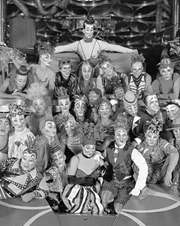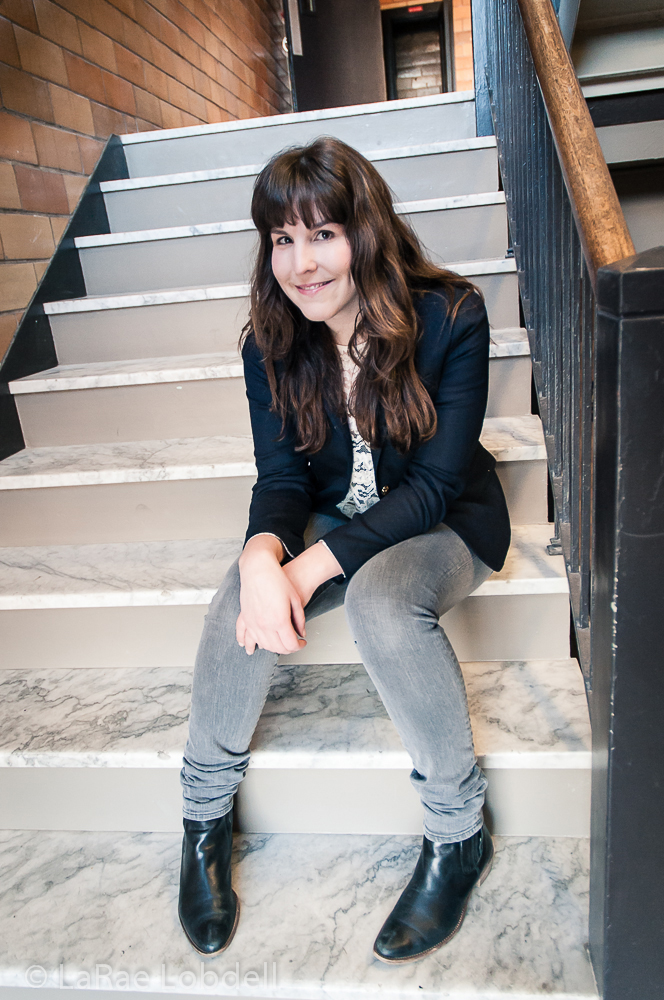THERE ARE TIMES when, as a critic, you feel positively obsolete. Watching the crowd roar their approval at Cirque du Soleil’s Saltimbanco, now playing under an elegant big top in the decidedly less elegant venue of a parking lot in Renton, is one of those times.
Saltimbanco
Boeing parking lot, Renton, ends September 3
It’s not just hype and gloss that made this one happy audience. Cirque is a multimillion-dollar entertainment behemoth, currently running seven shows internationally, with a couple of their more popular productions on permanent display in Las Vegas. Their success has been based on providing not just entertainment, but what is perceived as world-class spectacle, something the folks who came to see this show were strongly looking forward to.
They certainly saw it. Cirque’s aim is to not only give you all the traditional thrills of a circus experience (minus the animal acts; this is a strictly humans-only event), but to also mix in Vegas-style dance routines, outrageous costumes, and some hints at a plot. The show is big, eye-catching, suitable for all ages, and a showcase for some amazing performers whose feats of strength use dexterity and grace that we ordinary mortals can only dream of achieving. Men of inhuman strength stand, one-handed, on each others’ heads. Trapeze artists bungee themselves simultaneously into patterns, like a film of sky divers switched backward and forward. And the clowns—well, OK, they aren’t very funny, but they’re as energetic as all get-out, and are just as likely to take part in an Olympian display of acrobatics as the rest of the company.
THE PROBLEM WITH amazing feats of physical prowess, be it a dozen performers scampering up Chinese poles like acrobatic monkeys or acrobats flying dozens of feet into the air via a human-powered catapult swing or even a juggler fast-dribbling seven balls, is that it’s far too easy to go from amazed to jaded in literally a matter of minutes. (Do it again, but faster! Higher! On fire!) To try to forestall this, director Franco Dragone adds in vignettes of masked figures around the main action. But the overall result is not just commonplace mime, it’s a distraction from the act above that should be enthralling us.
This overproduction also includes a striving after narrative that doesn’t ever really get anywhere. A multicolored throne is presented early on with a flourish, then disappears until the end of the show. A clown wearing a nightcap and a long tail periodically falls asleep onstage, then gets up and darts around. Acts are introduced by a series of elaborately costumed figures who then stand posing while the acrobats, muscle men, trapeze artists, and jugglers get on with their routine. The result teases an audience into thinking that they might be missing something like an overarching idea. But in the end none of these little vignettes ever become more than a way of bridging the gap between one amazing routine and another.
Oddly, the evening’s greatest crowd-pleaser is not a superbly trained acrobat but clown Julien Cottereau, whose most formidable physical skill is an astonishing repertoire of mouth sounds that he combines with some inspired mime (and yes, there is such a thing). He has a respectable bit of nonsense in the show’s first half, playing catch with an invisible ball and members of the audience, but it’s in the show’s second half, in which he hauls an audience member up onto stage, that he’s got our full attention. While I’m no big fan of audience participation, Cottereau’s gentle coaxing of his amateur assistant in an elaborate game of “do as I do,” culminating in a Wild West shootout, was exquisite theatrical tomfoolery. So even those of us who find the spectacle of Saltimbanco overblown and occasionally unfocused, particularly in its pretensions to thematic or narrative unity, can still find something in the evening that’s worth the trip.








